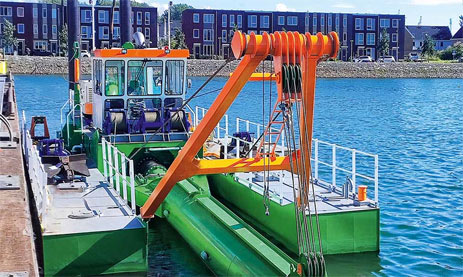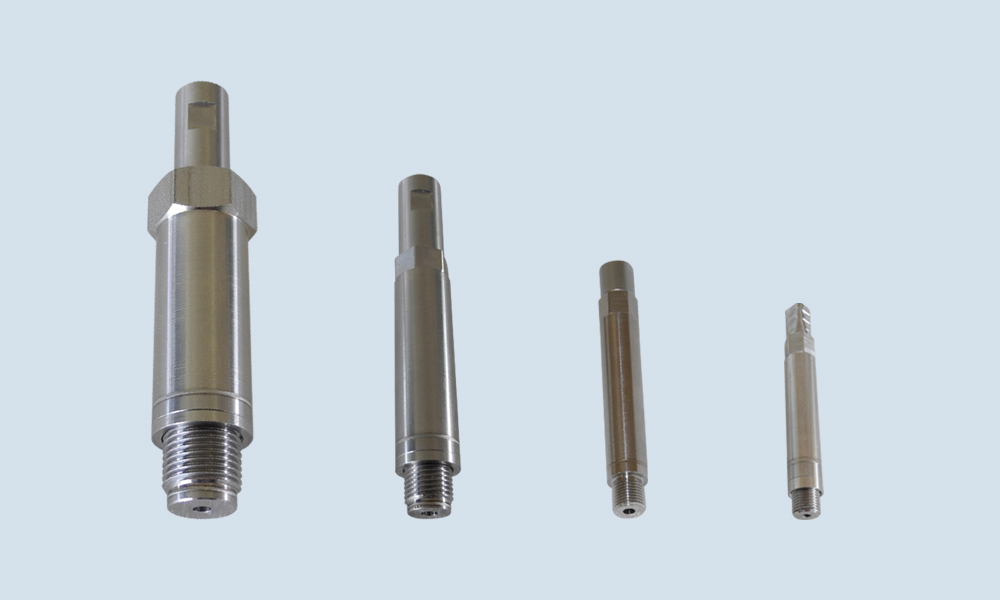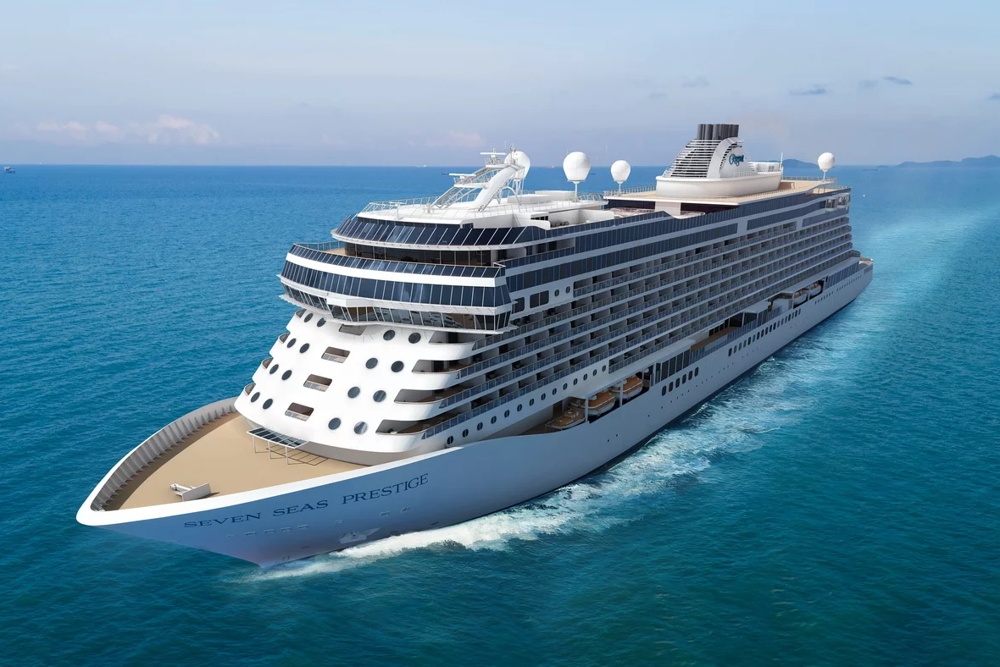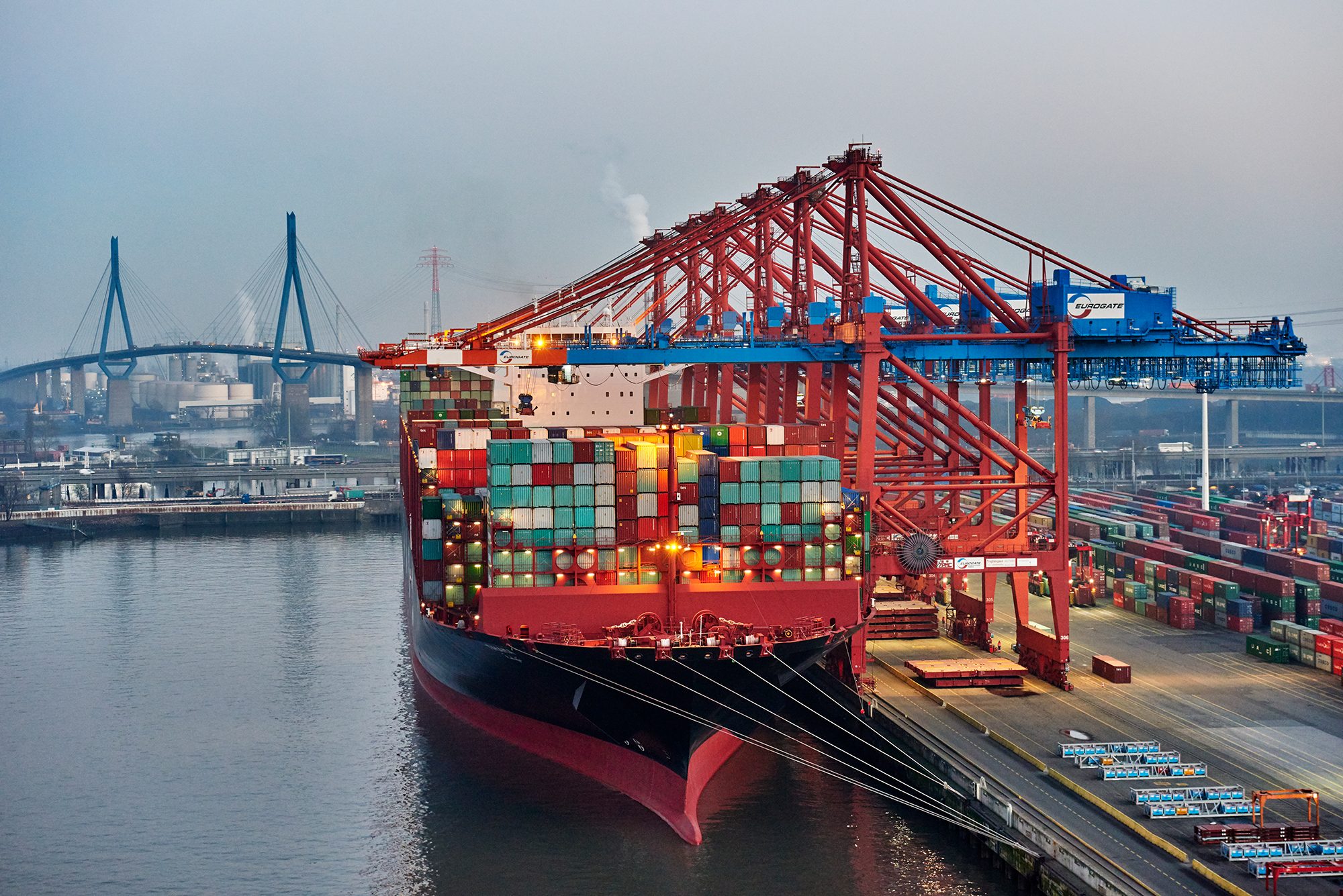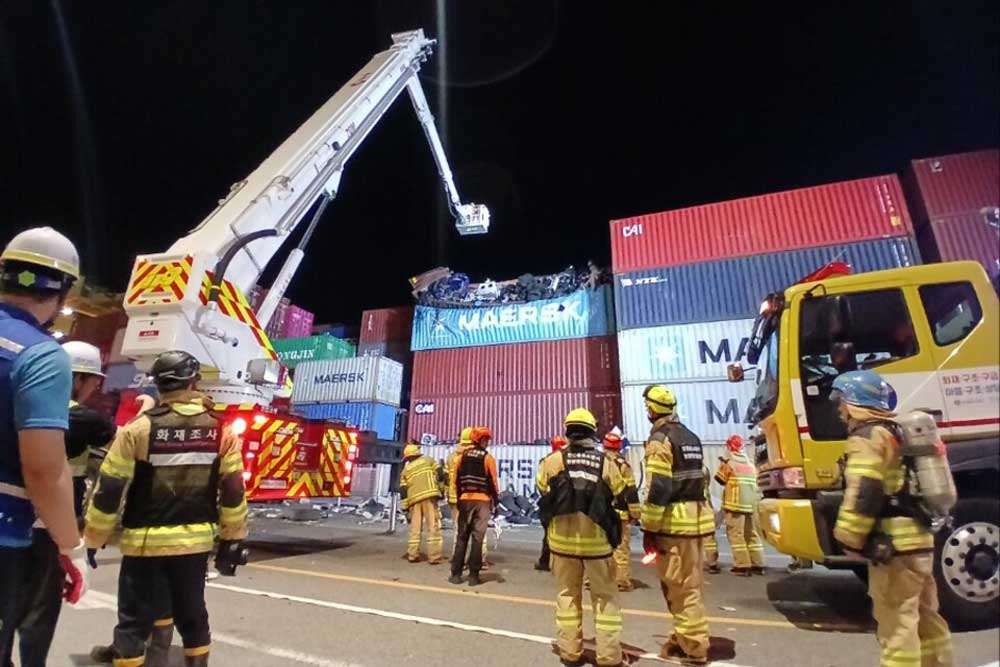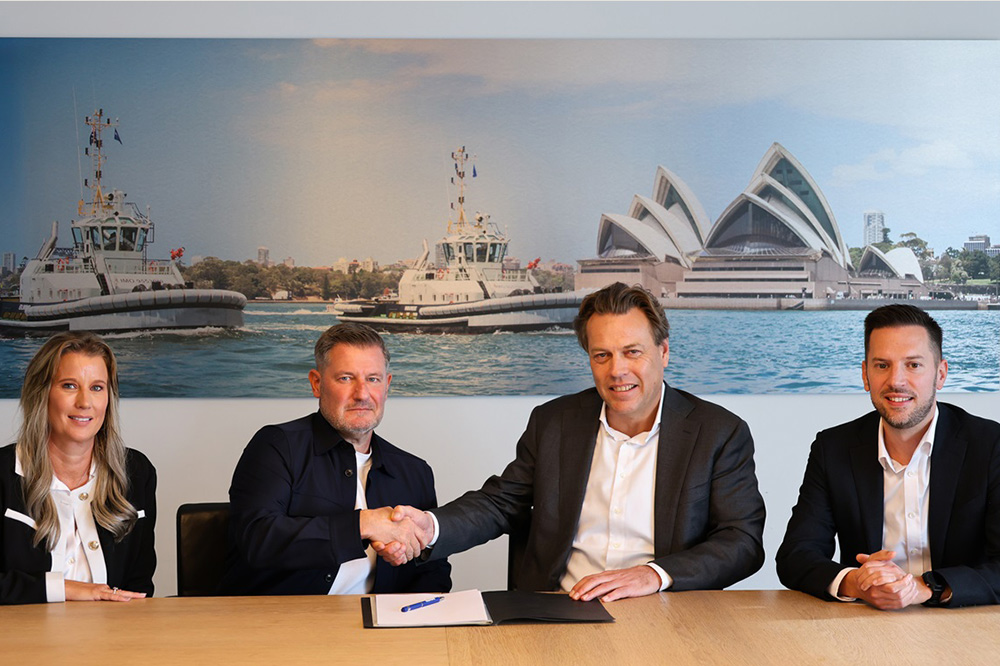This development was foreseeable: Trade volumes at the Californian port of Long Beach fell by over 8% due to the US tariffs.
Now that the escalated tariffs, particularly between the US and China, have been temporarily suspended, the port authority expects a renewed increase in June.
In May, the second largest port in the United States handled 639,160 TEU, a decrease of 8.2% compared to the previous month. In April, Long Beach had handled a record volume of over 867,493 TEUs – but the success was marked by a bleak outlook due to President Trump’s aggressive tariff policies. The port authority was expecting double-digit losses, which have now materialized: Imports fell by 13.4% to 299,116 TEU and exports by 18.6% to 82,149 TEU. Handling of empty containers rose by 3.2% to 257,895 TEU.
“We remain cautiously optimistic that import cargo will rebound in late June and early July, just in time for the peak shipping season when retailers stock their shelves with school supplies and begin preparations for the winter vacations,” said Mario Cordero, CEO of the port. “Although uncertainty continues for the economy, the Port of Long Beach continues to invest in rail and terminal improvements to move cargo efficiently, safely and sustainably.”
“We are monitoring the evolution of the new trade policy and the impact on our longshoremen and other stakeholders along the supply chain,” said Bonnie Lowenthal, president of the Port Commission. “We are in close contact with our customers and other port stakeholders to manage the ongoing changes in trade.”
Despite this slump, Long Beach recorded container throughput of 4.042 million TEUs in the first five months of this year – a 17.2% increase on the same period in 2024.









